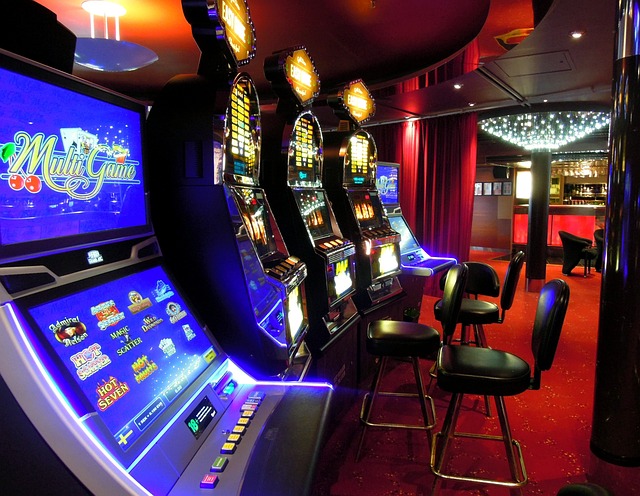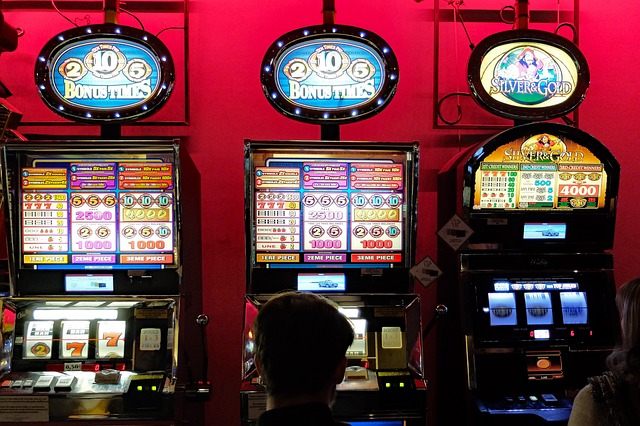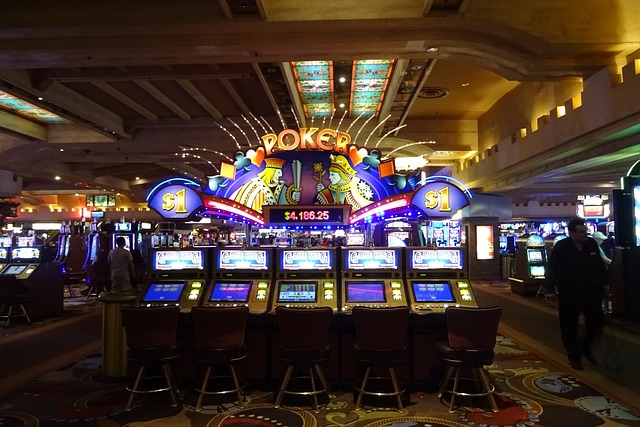Bonus buys—paying upfront to trigger a slot’s bonus round—offer players instant access to the high-volatility action. But with that excitement comes a serious risk: burning through bankrolls faster than expected. If not budgeted carefully, bonus buys can distort expected return and lead to mismanaged sessions.
This post explores a practical framework for buy-bonus budgeting through a simple 5-buy experiment. It shows what players can learn from controlled testing, and how to apply that insight to real-money strategy.
Why Bonus Buys Feel Powerful (But Aren’t Predictable)
Bonus buys skip the base game and jump straight into the feature round. That makes them attractive—but also dangerous. Most bonus rounds have high variance and long-tail payouts. You’re paying a premium for exposure to big hits, but short-term results are wildly inconsistent.
Key Points About Bonus Buys
- Cost usually ranges from 50x to 150x base bet
- Published RTP is typically close to base game (96%–97%), but variance is far higher
- No guarantee of profit—even over dozens of buys
In other words: bonus buys increase volatility without necessarily improving value. That’s why bankroll planning matters.
The 5-Buy Test: What It Is and Why It Works

A 5-buy experiment is a simple, low-risk way to test a game’s bonus performance in a contained environment. It forces players to track results, understand swing potential, and evaluate whether a bonus round aligns with their risk appetite.
Here’s how it works:
Experiment Rules
- Choose a slot with a clear, fixed-cost bonus buy
- Use the same stake for all five buys
- Record total cost and payout for each round
- Calculate return per buy and average across the five
| Buy # | Cost (e.g., 100x) | Payout | Net Win/Loss |
|---|---|---|---|
| 1 | $100 | $72 | –$28 |
| 2 | $100 | $18 | –$82 |
| 3 | $100 | $210 | +$110 |
| 4 | $100 | $95 | –$5 |
| 5 | $100 | $300 | +$200 |
Total Spent: $500
Total Returned: $695
Net: +$195
Average RTP: 139%
This example ends in profit—but more often, players will end below 100% return.
Why Five Buys?
- Small sample, but enough to feel volatility
- Keeps loss exposure limited to 5x the buy cost
- Helps model bankroll impact over multiple plays
- Provides actual data, not just theoretical RTP
What You Learn from the Test
1. Bonus Volatility Is Real
Even if a bonus shows a few wins, there’s usually one or two heavy losses in a small sample. Players often underestimate how often a buy will return under 30% of cost.
2. One Win Can Skew Perception
In a string of losses, a single big hit can feel like the norm. But over time, these hits are rare. The test helps players identify whether they’re reacting to noise or actual value.
3. Budgeting Beats Chasing
With a pre-defined experiment size, you’re less likely to tilt into a chase loop. Whether you’re ahead or behind after five buys, you stop and reassess. This builds better habits over time.
Rules of Thumb for Buy-Bonus Play

If you decide to keep using bonus buys, apply these guidelines:
- Set a buy count before starting—don’t chase losses
- Track results to understand real RTP vs expectations
- Avoid high-cost buys (200x+) unless you’re bankroll-deep
- Don’t assume high RTP equals high returns in short sessions
| Habit | Good Practice | Risky Behavior |
|---|---|---|
| Fixed buy count | 3–5 per session | “Just one more…” mindset |
| Session notes | Track win/loss | Rely on memory or emotion |
| Bankroll per session | Max 5–10x buy cost | Going all-in on one feature |
| Game knowledge | Learn volatility range | Blind buying on new games |
Final Takeaway: Bonus Buys Are a Tool—Not a Shortcut
The 5-buy experiment doesn’t guarantee better results—but it sharpens awareness. Bonus buys are expensive, volatile, and easily misunderstood. Treating them as a testing ground—rather than a shortcut to profit—helps control risk and improve long-term decision-making.
